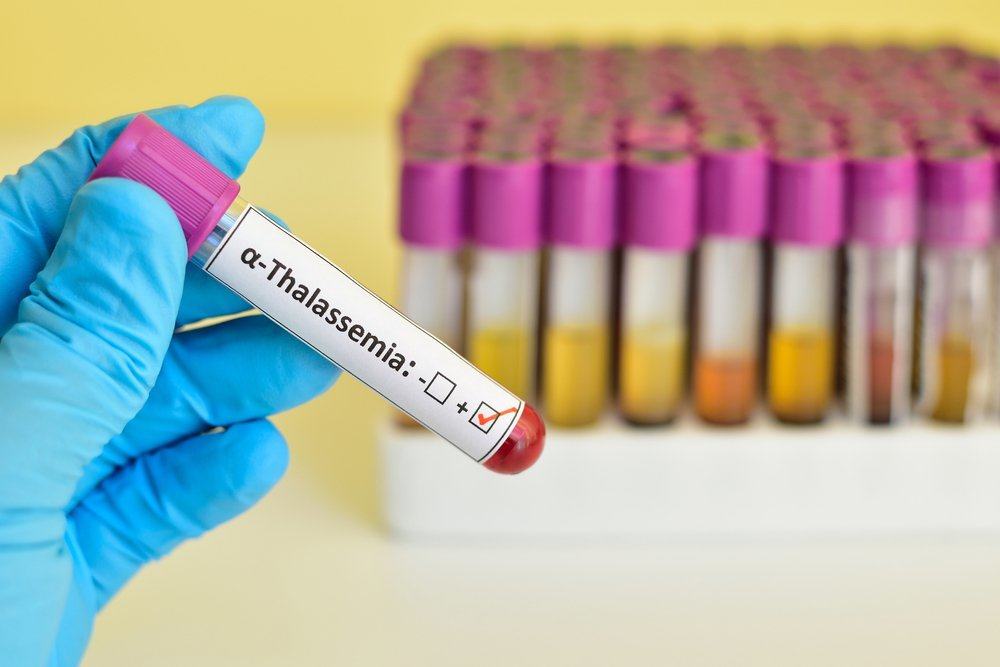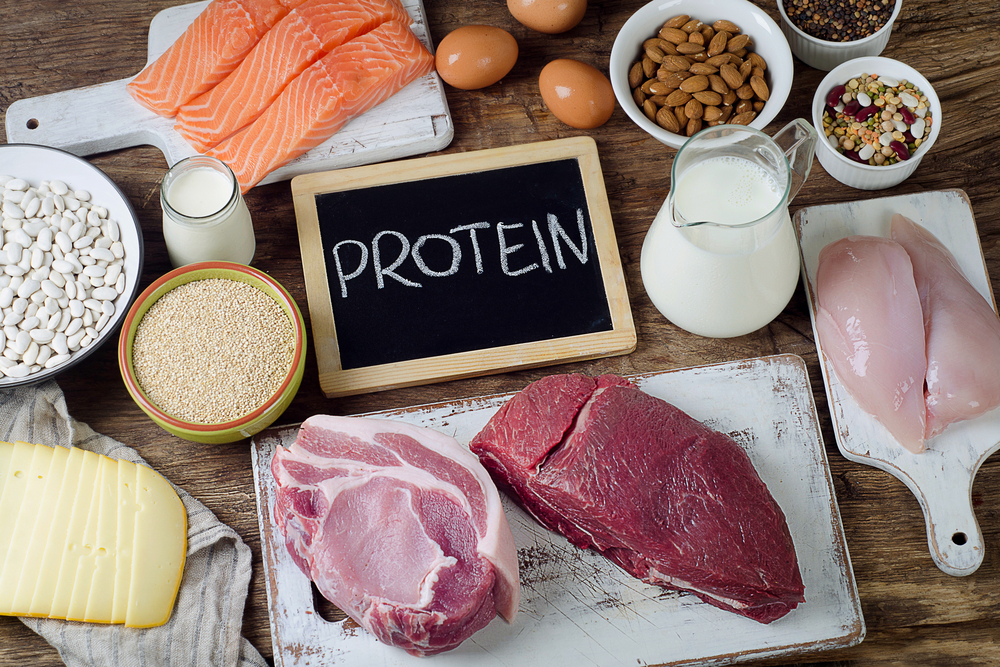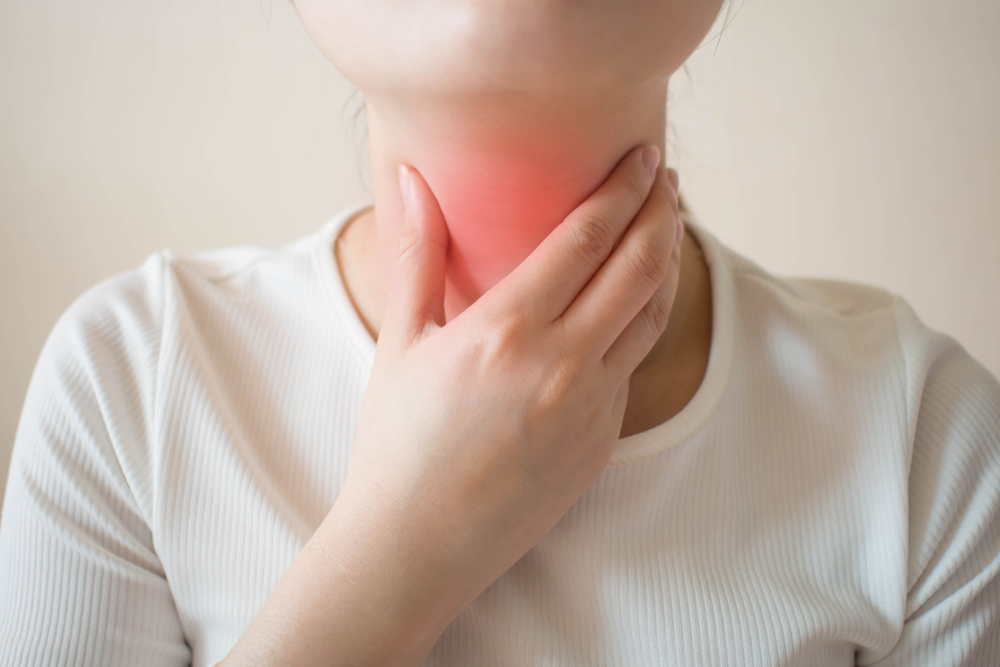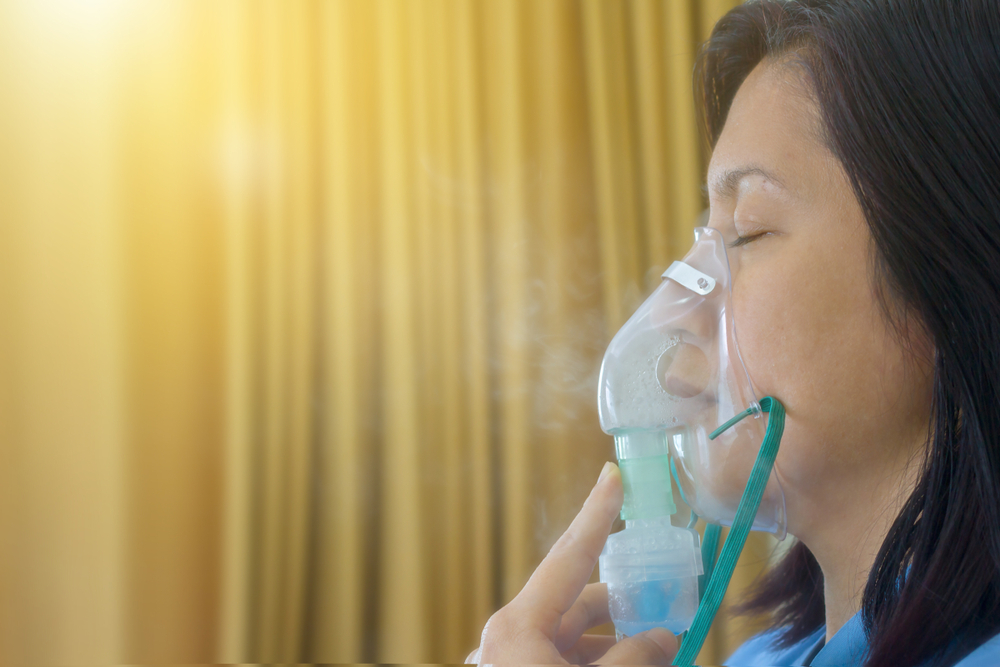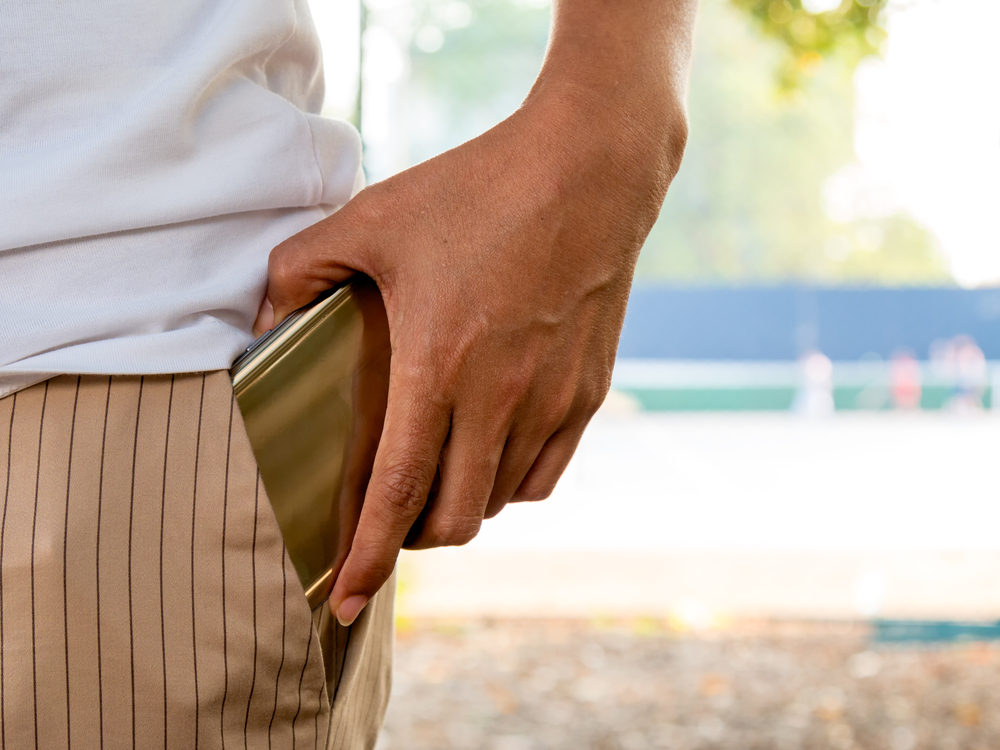Contents:
- Medical Video: Cold vs. Heat Therapy -- Which Should You Use? Dr Mandell
- How do warm compresses work?
- When and how to do warm compresses?
- How do cold compresses work?
- When and how to do cold compresses?
- Conclusion
Medical Video: Cold vs. Heat Therapy -- Which Should You Use? Dr Mandell
Pain is a very unpleasant condition for most people. In addition to drugs, people who are experiencing pain will certainly make various efforts to reduce the intensity of their pain. Cold and warm compresses are two types of methods that are easy and most often used to relieve these complaints. However, do you know when is the right time to use warm compresses and when is the right time to use cold compresses? What are the benefits of each of these compress methods? Under what conditions should warm compresses be used?
How do warm compresses work?
Warm temperatures can widen blood vessels so that blood flow and oxygen supply can more easily reach the affected area. This will help relax the muscles and reduce pain. Warm temperatures will also reduce stiffness and increase the range of motion of painful parts of the body.
When and how to do warm compresses?
Warm compresses can be provided through a towel soaked in warm water, a bottle containing warm water, or a heating pad specifically designed to compress. The temperature used to compress must be noticed so it does not overheat. The recommended temperature for warm compresses is around 40-50 degreesC. Get used to not compressing for more than 20 minutes, unless the doctor recommends that. Also make sure you don't immediately put the heat source on the skin because it can cause burns or irritation.
Warm compresses are usually used to relieve muscle ache or joints that have lasted a long time (chronic). In addition, warm compresses are also the right method to reduce fever. Widespread blood vessels due to warm temperatures can help facilitate the removal of heat from the body. Although it is used to reduce pain, it should be noted that warm compresses are not recommended for use in new wounds or less than 48 hours because it will worsen wound conditions due to fluid buildup at the site of injury and increase pain. Warm compresses should also not be used on open wounds and wounds that still look swollen.
How do cold compresses work?
Cold compresses are usually used in areas that are swollen or bruised. In contrast to warm compresses, in cold compresses, low temperatures can stimulate narrowing of the diameter of blood vessels and slow the flow of blood leading to the location of the injury. In the area of injury occurs the process of inflammation and damage to blood vessels which will cause blood cells to exit the blood vessels and cause the skin to turn bluish red. Ice or cold water can reduce the amount of blood that comes out. This decrease in blood flow will cause reduced inflammatory stimulants that move towards the site of the injury so that it can reduce swelling and pain.
When and how to do cold compresses?
Cold compresses are usually used 24 to 48 hours after the injury in order to minimize inflammation. This method is best used for sports injuries such as sprains, bumps, or bruises. Wrap the compress first with a towel so that the cold does not touch the skin directly. Just as with warm compresses, you should not put cold compresses for more than 20 minutes. Lift the compress after 20 minutes, and give pause for 10 minutes before then start compressing again.
Conclusion
Cold compresses and warm compresses have their respective benefits. Cold compresses are more suitable for new injuries (between 24-48 hours), while warm compresses are very useful for relieving long-standing (chronic) pain. Although the benefits are different, in principle, the method of applying these two methods is almost the same.
It is important for you to avoid temperatures that are too extreme (too high or too low), avoid direct contact between the skin and sources of heat or cold temperatures. Lastly, of course be wise in choosing the right compress method for your condition.
READ ALSO:
- Paracetamol vs. Ibuprofen: Which drug should you take?
- Overcoming High Fever in Children, Adolescents, and Adults
- 5 Tips for Overcoming Menstrual Pain Without Medication



